The Legacy of Paul Revere
Paul Revere began his famous ride from Boston to Concord, around 11:00pm on April 18, 1775, informing the residents and militiamen that the British were on the march. He arrived in Lexington, a town about 10 miles from Boston, around midnight. Revere quickly found Sam Adams and John Hancock and warned that soldiers may be coming to capture the pair.
William Dawes, another express rider, met up with them shortly thereafter. While Adams and Hancock headed to safety, Revere and Dawes continued to Concord, knowing there were numerous British patrols combing the area. While enroute, they met Samuel Prescott heading home from a “lady friend’s house” at 1:00am, and he decided to join them.
The trio was soon detained in Lincoln by British troopers seeking to stop express riders. While Dawes escaped, he was later unhorsed and did not complete his ride. The romantically inclined Prescott managed to escape and continue onto Concord where he warned residents of the pending arrival of Redcoats.
As for Paul Revere, he was captured by the patrol and held as a prisoner. His captors headed east, back to Lexington, when the fight on the village green began to erupt. The gunfire made them cautious, and so, after confiscating Revere’s horse, the guards released him so they could more quickly get back to the main column. Revere walked back to town, linked up with John Hancock, and assisted him in his escape.
His ride was over for the night, but in the years to come, Revere continued to serve his newly independent country. He was commissioned an officer in the Massachusetts militia and performed numerous duties, such as setting up a powder mill that produced much needed gunpowder and serving as an artillery officer until 1779.
After the War, Revere ran a profitable business and proved to be very innovative. He significantly expanded his silver smith offerings and the profits allowed him to purchase a large furnace, or foundry, in 1788.
This entrepreneur began producing cast iron items such as stove accessories and even church bells. In the 1790s, Revere moved into producing brass cannons for the federal and several state governments. He even pioneered the production of rolled copper and opened America’s first copper mill. Despite no schooling after age 13, the very gifted Revere became a wealthy man.
As he aged, Revere remained politically active and was an ardent Federalist, wanting America to expand its boundaries. He embraced Alexander Hamilton’s plan to improve the country’s economy with a national bank and a greater emphasis on industrialization.
Despite all this success, when Revere died on May 10, 1818, he was relatively unknown outside of Boston. In fact, his obituary does not even mention his midnight ride in 1775, instead focusing on his business achievements.
So why do so many of us today know about Paul Revere and his dash to Concord? We can thank Henry Wadsworth Longfellow for that. In 1861, 43 years after Revere’s death, Longfellow, the great American poet, wrote a poem entitled “Paul Revere’s Ride,” immortalizing Revere for the ages.
Listen, my children, and you shall hear
Of the midnight ride of Paul Revere,
On the eighteenth of April, in Seventy-Five,
Hardly a man is now alive
Who remembers that famous day and year.
This poem moved the remarkable Paul Revere and his brave, but forgotten, ride from obscurity into the pantheon of American legend.
WHY IT MATTERS
So why should Paul Revere and his midnight ride matter to us today? Paul Revere was a remarkable American success story even without his heroics the night of April 19, 1775. From humble beginnings, he rose to prominence and business success on his ability alone.
Additionally, Revere’s midnight ride significantly impacted the outcome of a great American event, the Battles of Lexington and Concord. Imagine how things might have turned out if his warnings had not alerted the countryside and roused the Minutemen to action.
Incredibly, this courageous dash was not even considered a highlight of his life. That says something about how the revolutionary generation viewed sacrifice for the American cause as simply a duty to be performed. That sentiment is worthy of our admiration.
SUGGESTED READING
David Hackett Fischer’s book Paul Revere’s Ride is an excellent account of this almost mythical event in American history. Published in 1995, it explains the key moments surrounding this fateful evening, separating fact from fiction, and leaving you even more impressed with Paul Revere.
PLACES TO VISIT
The Paul Revere House in Boston, located on the famous Freedom Trail, is a great place to visit. Beautifully restored in 1908, 90 percent of the building is original and contains numerous artifacts. Stop in and learn about the life of this American hero.
Until next time, may your motto be “Ducit Amor Patriae,” Love of country leads me.

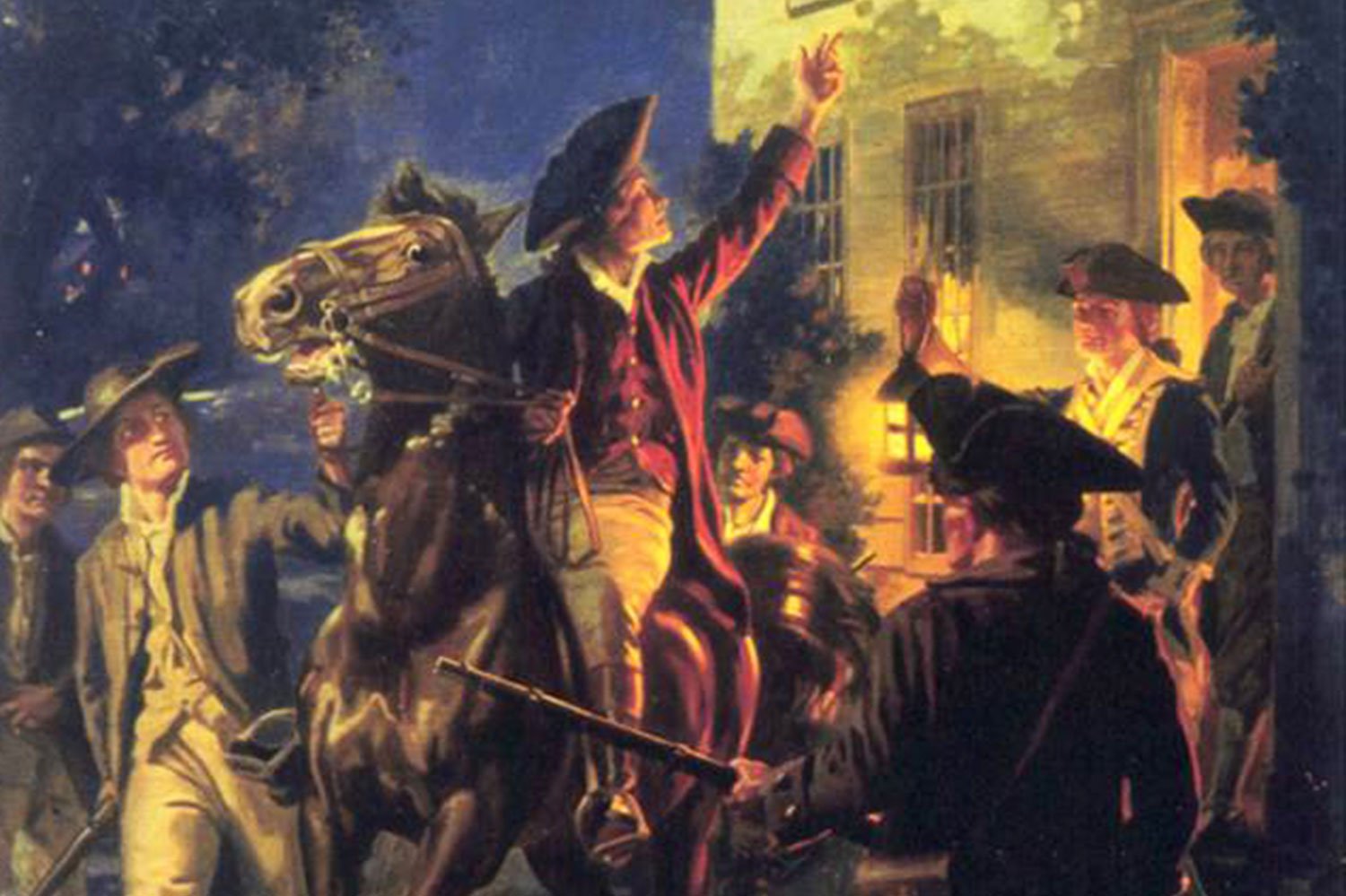
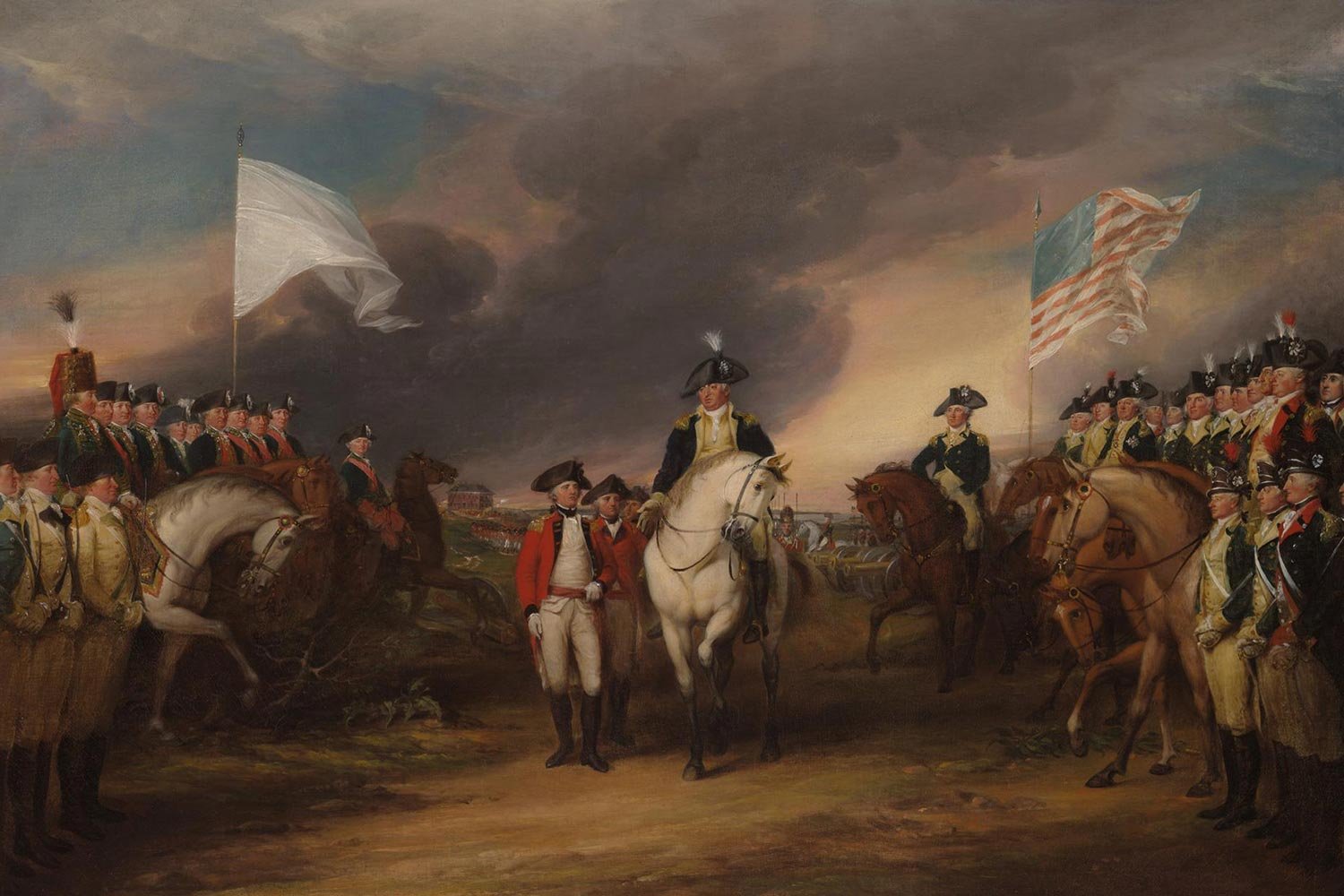



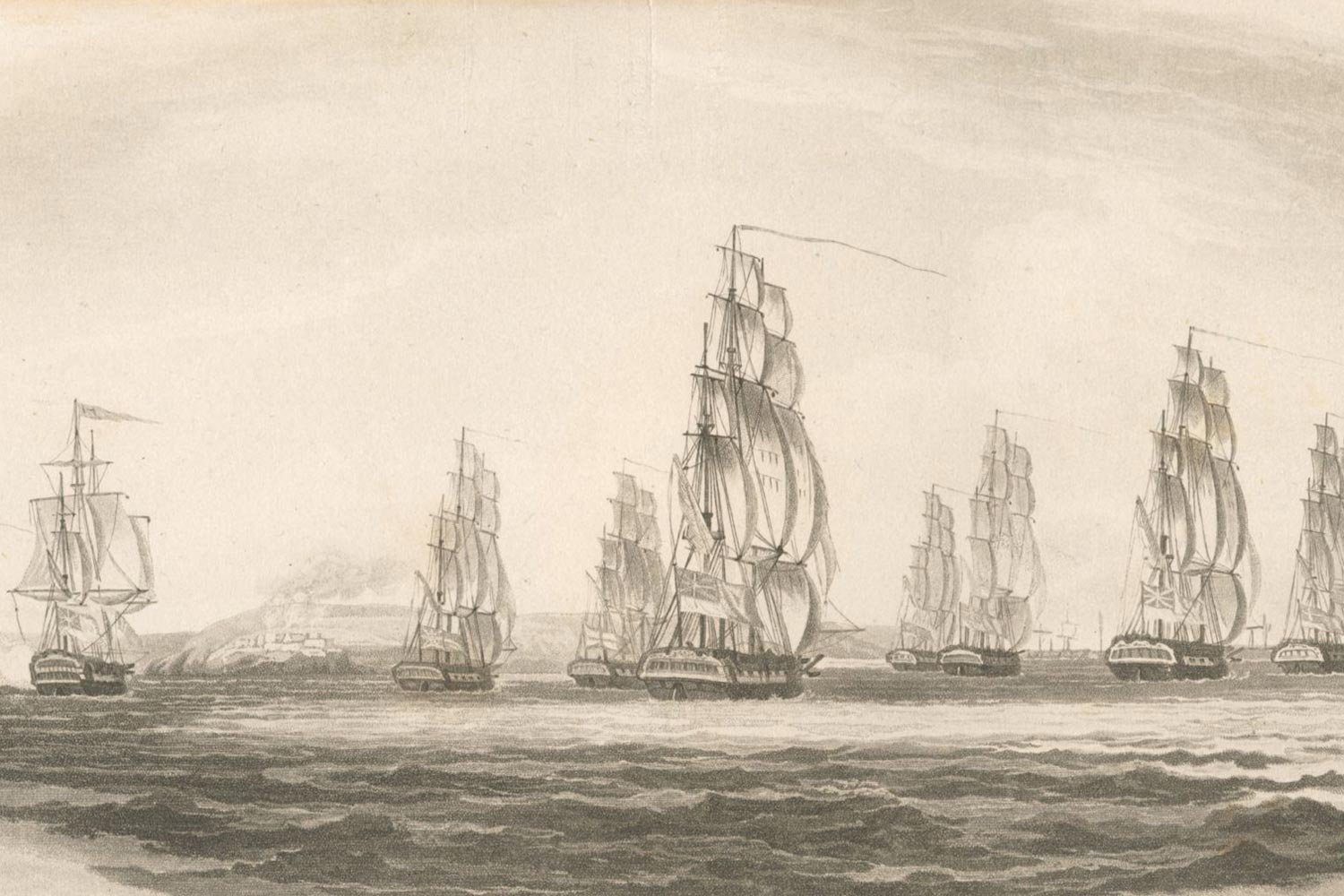
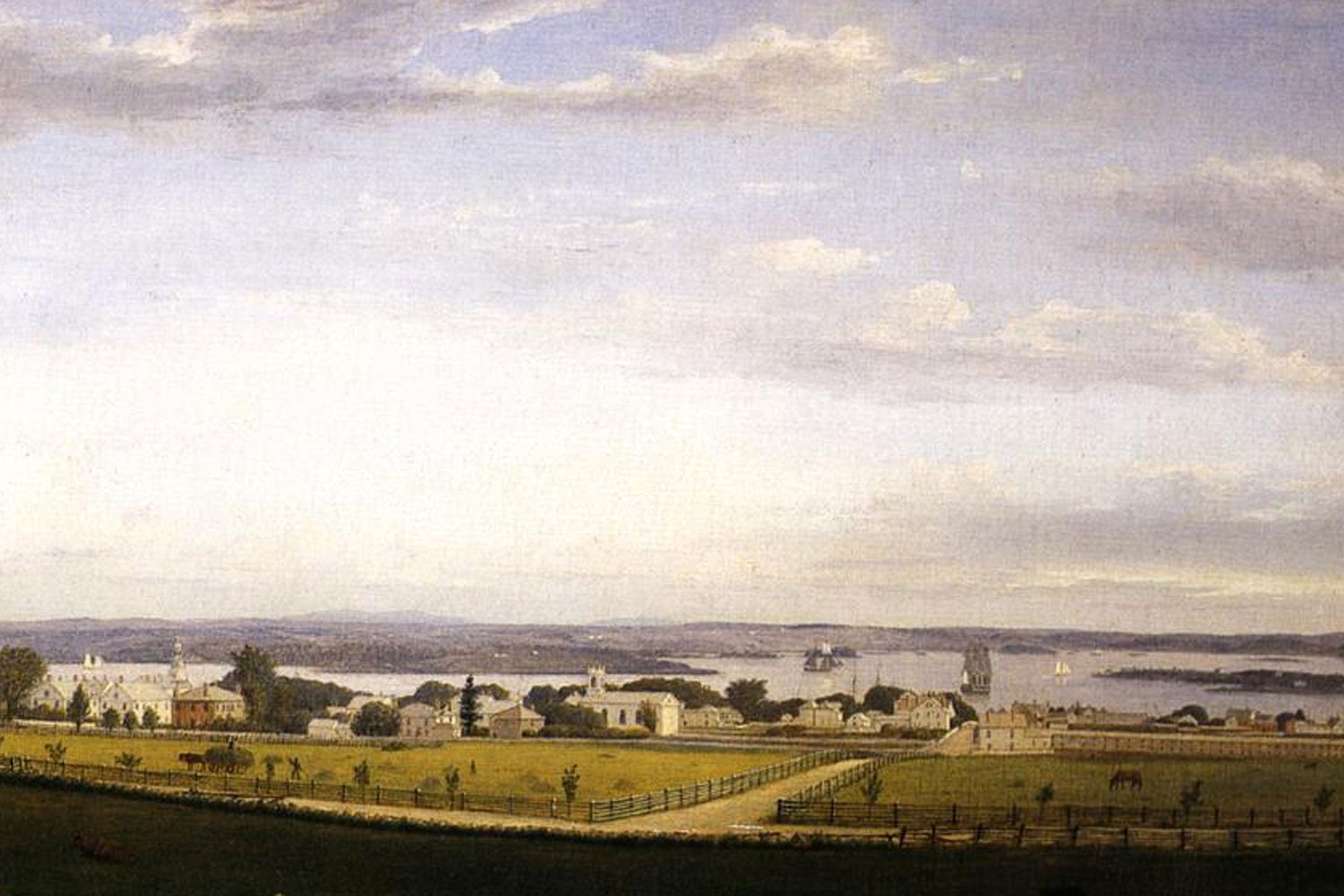
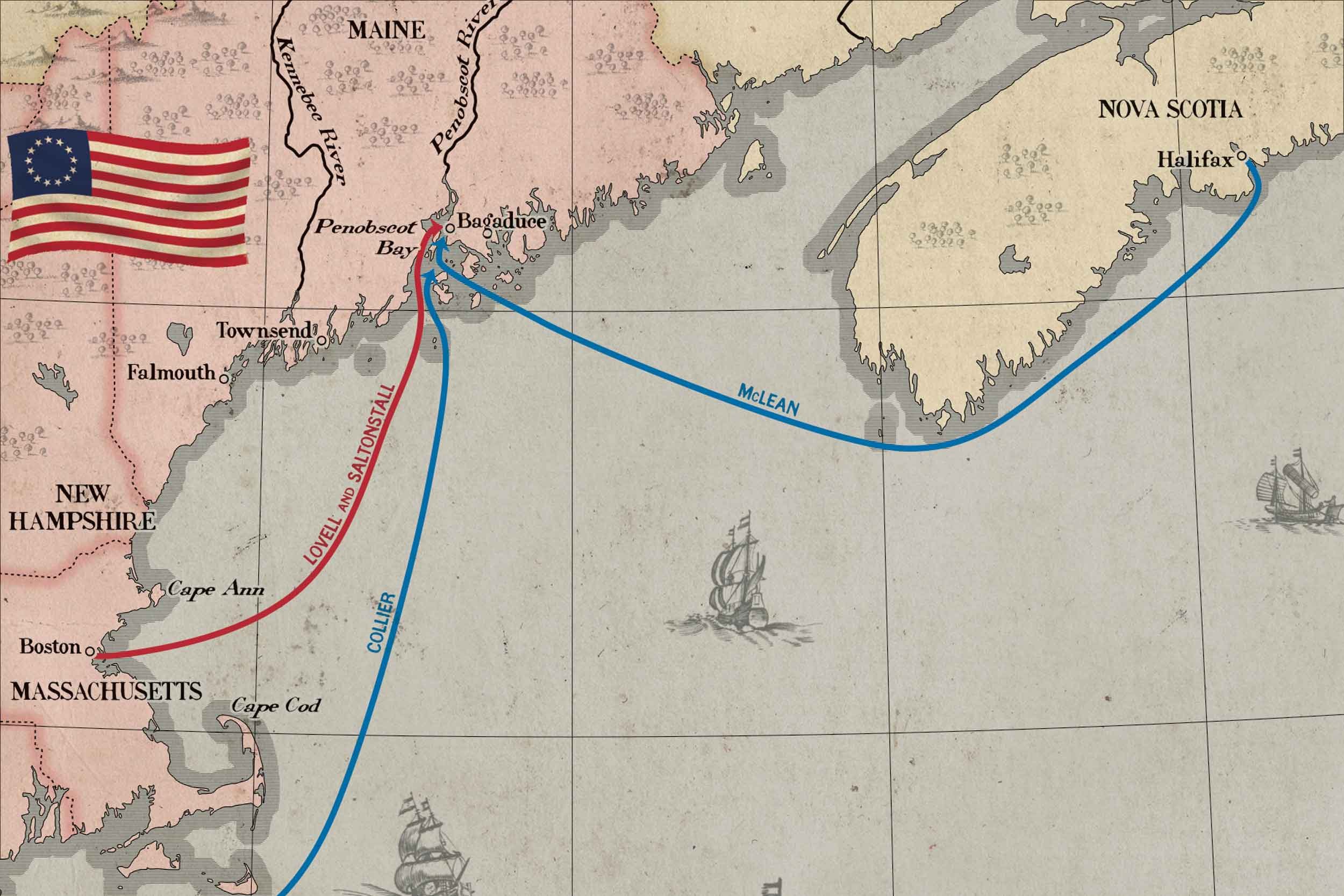
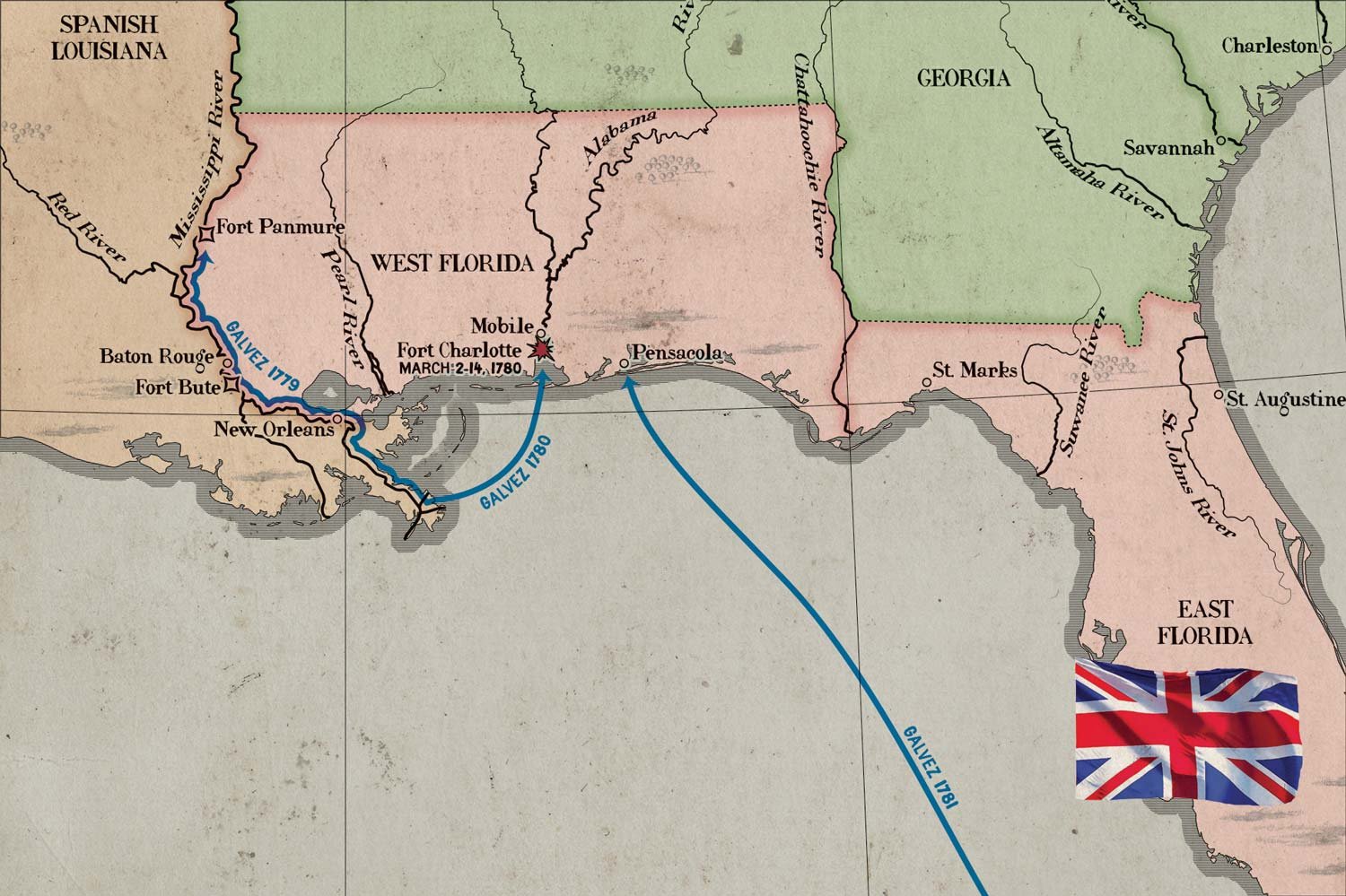
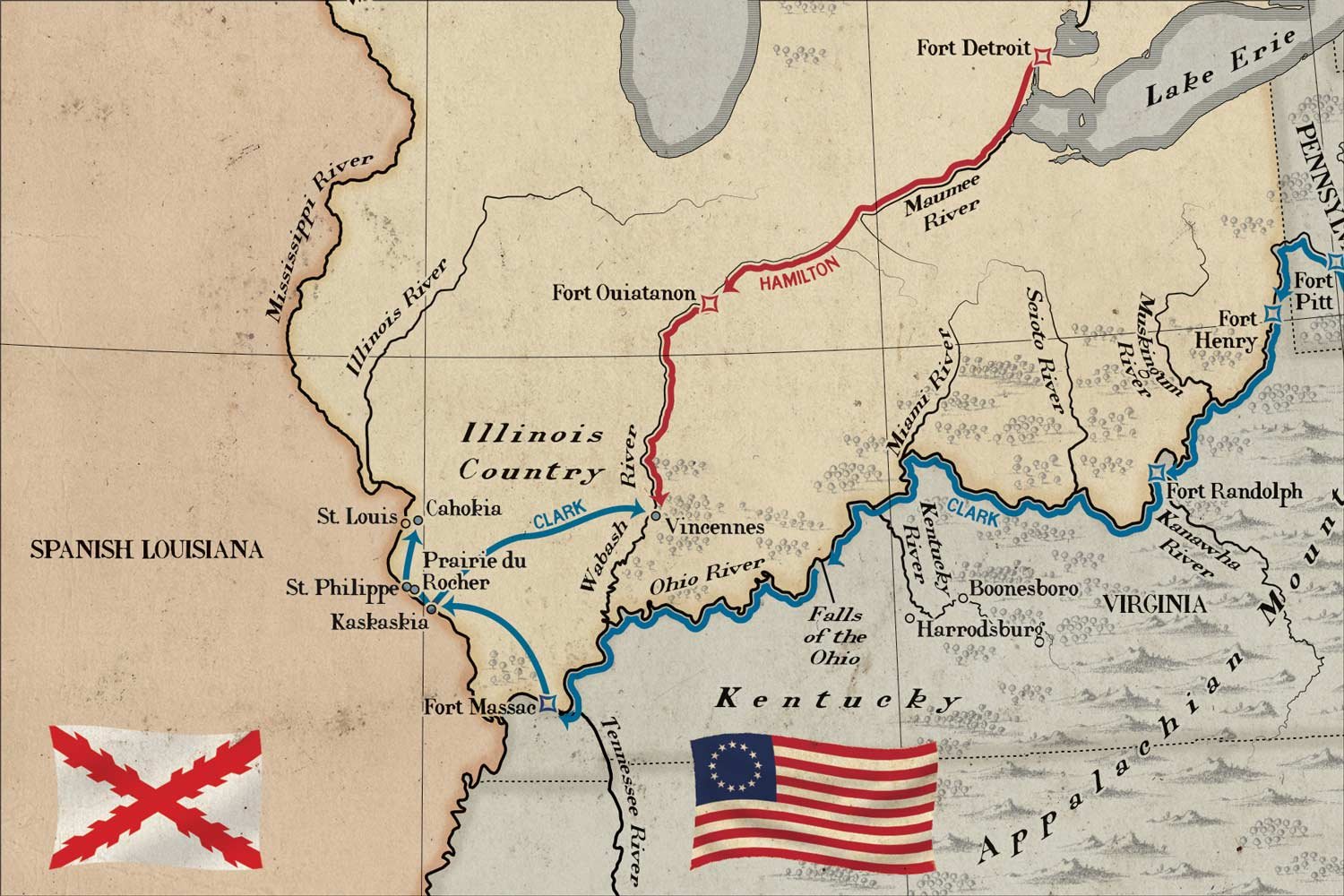
After Lord Charles Cornwallis surrendered to General George Washington in Yorktown on October 19, 1781, English officials reached the painful conclusion that the war was simply too costly to continue. Not only was the war in North America expensive to prosecute, but it was also a distraction from England’s defense of their more lucrative possessions elsewhere in the world, such as the sugar islands in the Caribbean and trading posts in India.